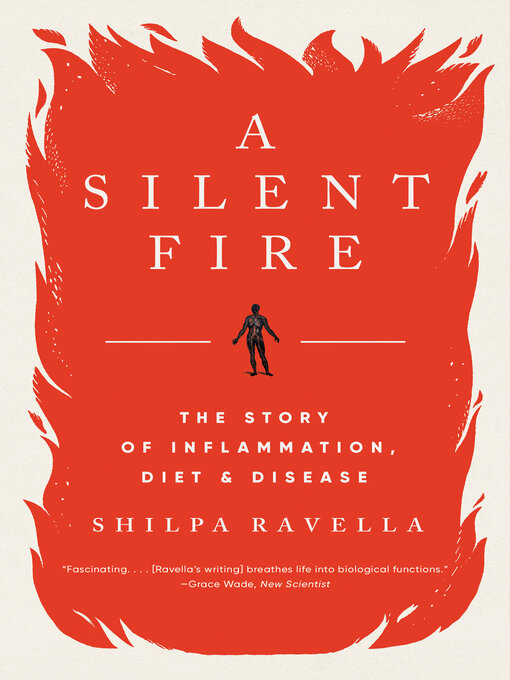"Fascinating....[Ravella's writing] breathes life into biological functions." —Grace Wade, New Scientist
A riveting investigation of inflammation—the hidden force at the heart of modern disease—and how we can prevent, treat, or even reverse it.
Inflammation is the body's ancestral response to its greatest threats, the first line of defense it deploys against injury and foreign pathogens. But as the threats we face have evolved, new science is uncovering how inflammation may also turn against us, simmering underneath the surface of leading killers from heart disease and cancer to depression, aging, and mysterious autoimmune conditions.
In A Silent Fire, gastroenterologist Shilpa Ravella investigates hidden inflammation's emerging role as a common root of modern disease—and how we can control it. We meet the visionary nineteenth-century pathologist who laid the foundation for our modern understanding of inflammation, the eccentric Russian zoologist who discovered one of the cells central to our immune system, and the dedicated researchers advancing the frontiers of medical and nutritional science today. With fascinating case studies, Ravella reveals how we can reform our relationships with food and our microbiomes to benefit our own health and the planet's.
Synthesizing medical history, cutting-edge research, and innovative clinical practice, Ravella unveils inflammation as one potential basis for a unifying theory of disease. A paradigm-shifting understanding of one of the most mysterious, buzzed-about topics in medicine and nutrition, A Silent Fire shows us how to live not only long but well.


